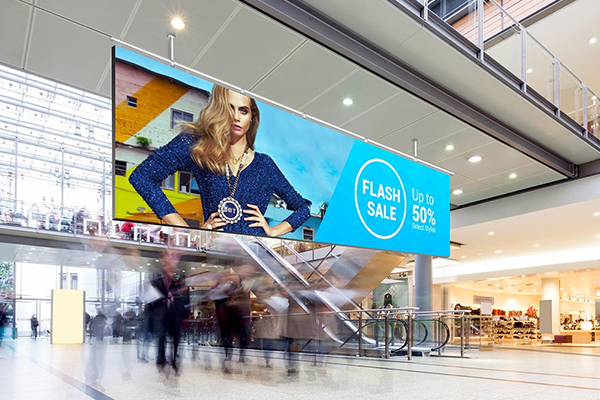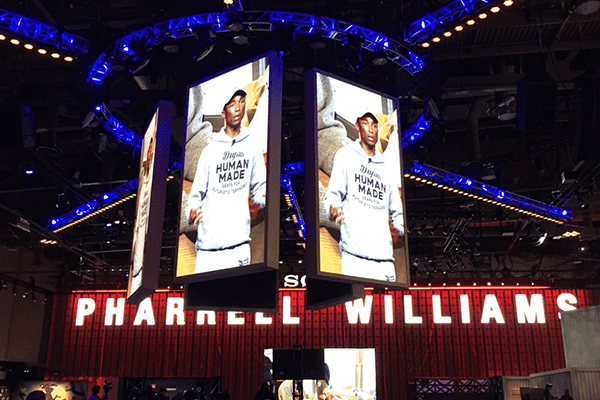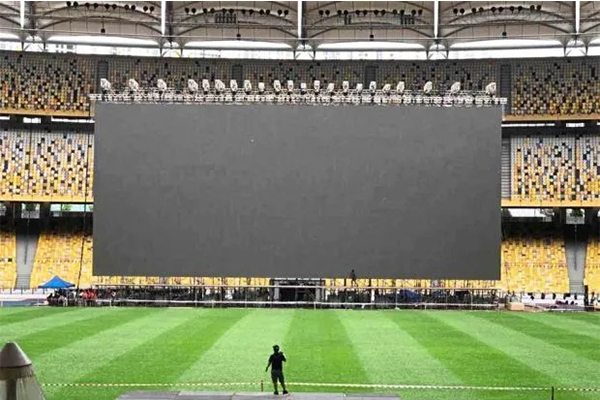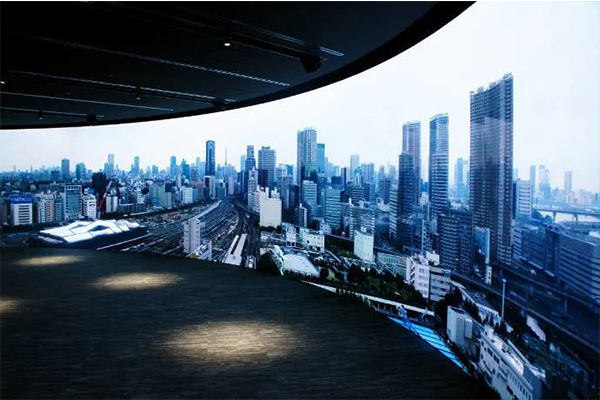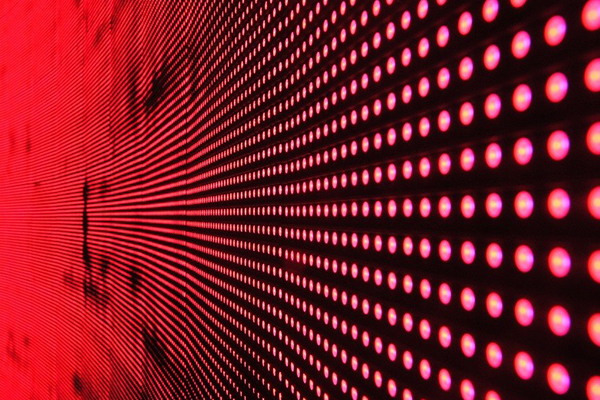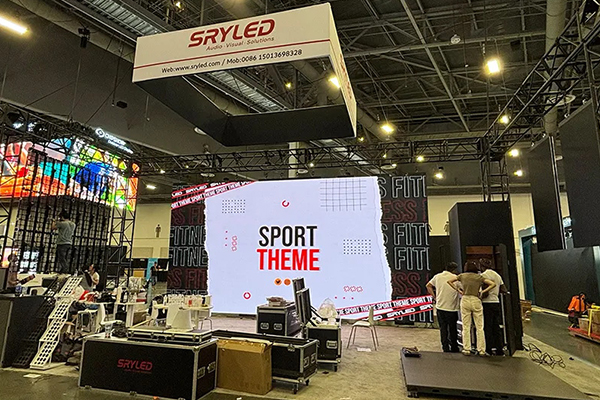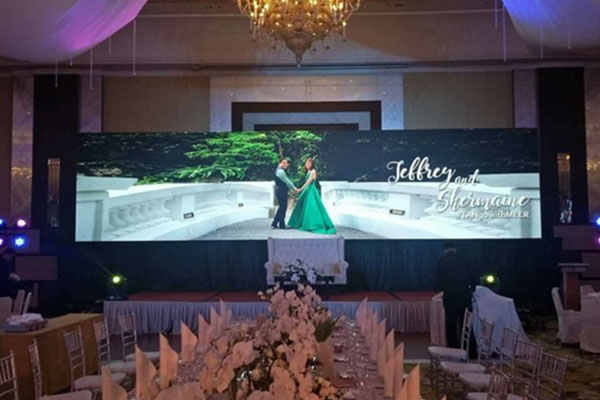Selecting the Perfect LED Display for Your Stadium
As sports become an increasingly integral part of daily life and the sports events industry continues to expand, the sports market has emerged as a significant area for global consumption upgrades. This shift creates immense commercial opportunities across various sectors, including the installation of LED display screens in sports venues. Choosing the right LED display is crucial for enhancing the spectator experience and ensuring the smooth operation of events. Here are some essential factors to consider in greater detail:

Types of LED Display Screens
Different application scenarios necessitate different types of LED display screens. For indoor sports venues like basketball courts, adjustable lifting-shaped screens are popular. These versatile screens consist of several smaller screens that can be moved vertically and combined into one large screen, making them suitable for broadcasting a variety of events. They offer flexibility in display configurations, adapting to different types of content and event requirements.
For outdoor venues, high-resolution narrow-pitch LED display screens are preferred due to their clarity and performance. These screens are designed to provide sharp images and videos even in bright daylight conditions, ensuring that the audience can clearly see the content from various distances and angles. The choice between different pixel pitches (such as P6, P8, P10) depends on the specific viewing distances and the level of detail required.
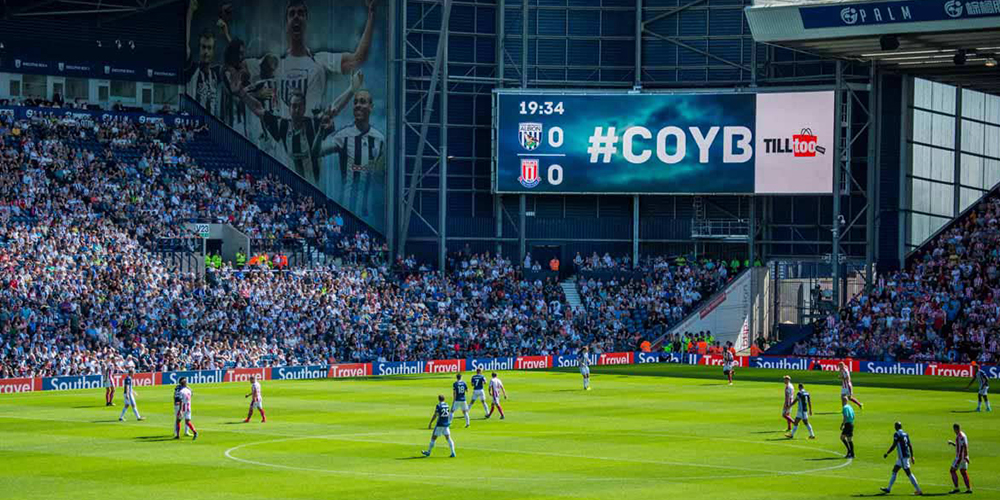
Protection Performance
Protection performance is a key consideration, especially for outdoor LED screens exposed to varying weather conditions. High flame-retardant and protection levels are essential for ensuring the durability and safety of the screens. An IP65 protection level, which indicates strong resistance to dust and water, and a V0 flame retardant grade for wiring are ideal choices. These features ensure that the screens can operate safely in adverse weather conditions without risk of damage or fire hazards.
Additionally, a built-in heat dissipation fan is beneficial to prevent overheating, which can degrade the performance and lifespan of the screens. Effective heat management is crucial, particularly in regions with extreme temperatures. For instance, in desert areas where temperatures can soar, efficient heat dissipation systems are necessary to maintain optimal operating conditions and prevent thermal damage.
Outdoor sports events in different climatic regions require specific considerations. In coastal areas, where humidity and salt can cause corrosion, moisture-resistant screens are essential. High-altitude regions, where temperatures can drop significantly, need screens with cold resistance. Conversely, in desert regions, the primary concern is heat dissipation, and screens must be equipped to handle high temperatures. High protection levels ensure that the screens can withstand these environmental challenges and continue to function reliably.
Brightness, Contrast, and Energy Efficiency
The brightness requirements for outdoor LED display screens are higher than those for indoor screens due to the need to combat bright sunlight. However, excessively high brightness can be counterproductive, causing glare and discomfort for viewers. It's important to balance brightness, contrast, and energy efficiency. High-efficiency LED displays are designed to provide excellent visual performance while minimizing power consumption.
Optimal brightness levels ensure that the screens are visible in various lighting conditions without causing eye strain. The contrast ratio, which measures the difference between the darkest and brightest parts of the image, is also crucial for image clarity. High contrast ratios enable deeper blacks and more vibrant colors, enhancing the overall viewing experience.
Energy efficiency is another critical factor, especially for large venues where screens are used extensively. Choosing energy-efficient LED displays helps reduce operational costs and the environmental impact of running large-scale sports events. Advanced LED technology has made significant strides in improving energy efficiency without compromising on brightness or contrast, making it possible to achieve both high performance and sustainability.
Installation Considerations
The installation position of the LED display screen influences the installation method and overall setup. Decisions need to be made on whether the screen will be ground-mounted, wall-mounted, or embedded in the wall. Ground-mounted screens are typically used for field-level displays, providing close-up views and replays for on-field action. Wall-mounted or embedded screens are common for scoreboards and large video walls.
The installation method must consider the structural integrity of the venue and the ease of access for maintenance. Front and back maintenance capabilities are important for ensuring that the screens can be serviced without significant downtime or disruption. Front maintenance screens allow for quick access to modules from the front, making them suitable for installations where rear access is limited. Back maintenance screens, on the other hand, provide easier access to internal components, making them ideal for locations with ample rear space.
The overall difficulty of installation and maintenance should also be considered. Modular designs that allow for easy replacement of individual panels can simplify maintenance and reduce costs. Additionally, robust mounting systems and weatherproofing measures ensure that the screens remain securely in place and protected from environmental factors.
Viewing Distance
In large outdoor sports venues, the viewing distance must be carefully considered to ensure that the audience can clearly see the content displayed on the screens. Displays with larger pixel pitches, such as P6 and P8, are suitable for ensuring clarity at middle and long distances. These screens provide a good balance between resolution and cost, making them ideal for large venues where viewers are spread out over a wide area.
For indoor venues with closer viewing distances, displays with smaller pixel pitches, such as P4 and P5, are more appropriate. These screens offer higher resolution and finer detail, ensuring that viewers can see clear, sharp images even from a short distance. The choice of pixel pitch depends on the specific requirements of the venue and the type of content being displayed.

Viewing Angle
Audience seating in sports venues varies widely, resulting in different viewing angles for each viewer. Choosing an LED display screen with a wide viewing angle ensures a good viewing experience for all spectators, regardless of their seat location. Wide viewing angles are achieved through advanced LED technology that allows for consistent brightness and color accuracy across a broad range of angles.
This feature is particularly important in large stadiums where spectators are seated at different heights and angles relative to the screen. A wide viewing angle ensures that everyone, from those seated directly in front of the screen to those at the far edges, has a clear and enjoyable viewing experience. This inclusivity enhances the overall spectator experience and ensures that no one misses out on important moments during the event.
High Refresh Rate
A high refresh rate is essential for LED display screens in sports venues. It ensures smooth video transitions during broadcasts of sports events, providing a comfortable and natural visual experience for viewers. High refresh rates reduce motion blur and flickering, making fast-paced action sequences appear smooth and fluid.
For live sports events, where split-second decisions and movements are crucial, a high refresh rate is vital for accurately capturing and displaying the action. This feature enhances the viewing experience by providing clear, uninterrupted visuals, allowing spectators to fully engage with the event. Advanced LED displays offer refresh rates of 120Hz or higher, ensuring top-notch performance for dynamic sports content.
Conclusion
Selecting the right LED display screen for a sports venue involves careful consideration of various factors, including the type of display, protection performance, brightness and energy efficiency, installation methods, viewing distance, viewing angle, and refresh rate. By addressing these aspects, stadiums can enhance the spectator experience and ensure the successful operation of sports events.
Investing in high-quality LED display screens not only improves the visual experience for spectators but also contributes to the overall success of sports events. For more information about LED display screens for sports venues and to find the perfect solution for your stadium, please contact us immediately.


 Send Email
Send Email whatsapp
whatsapp

